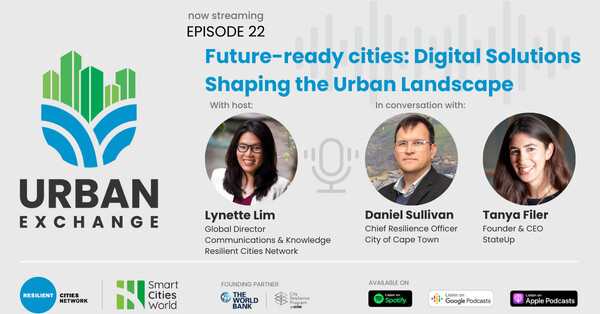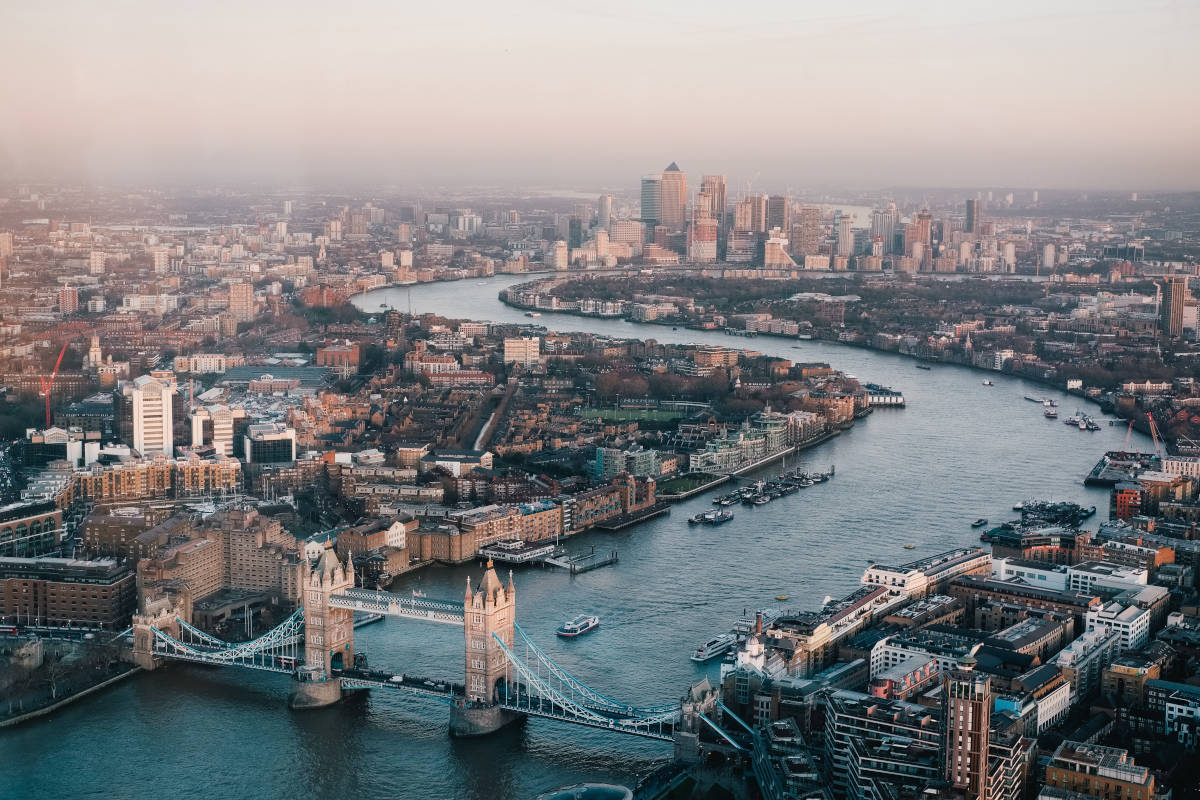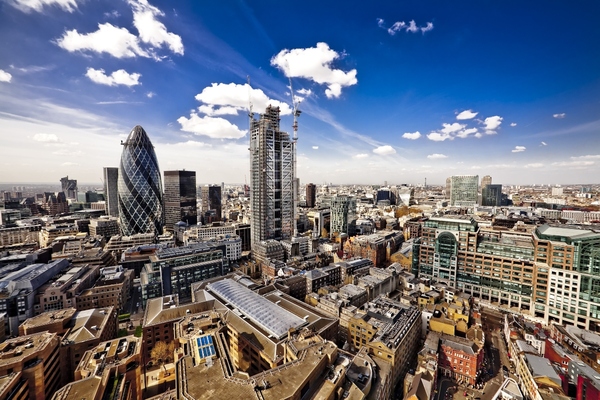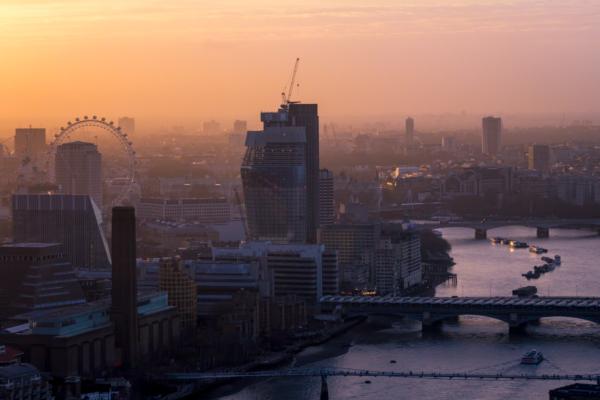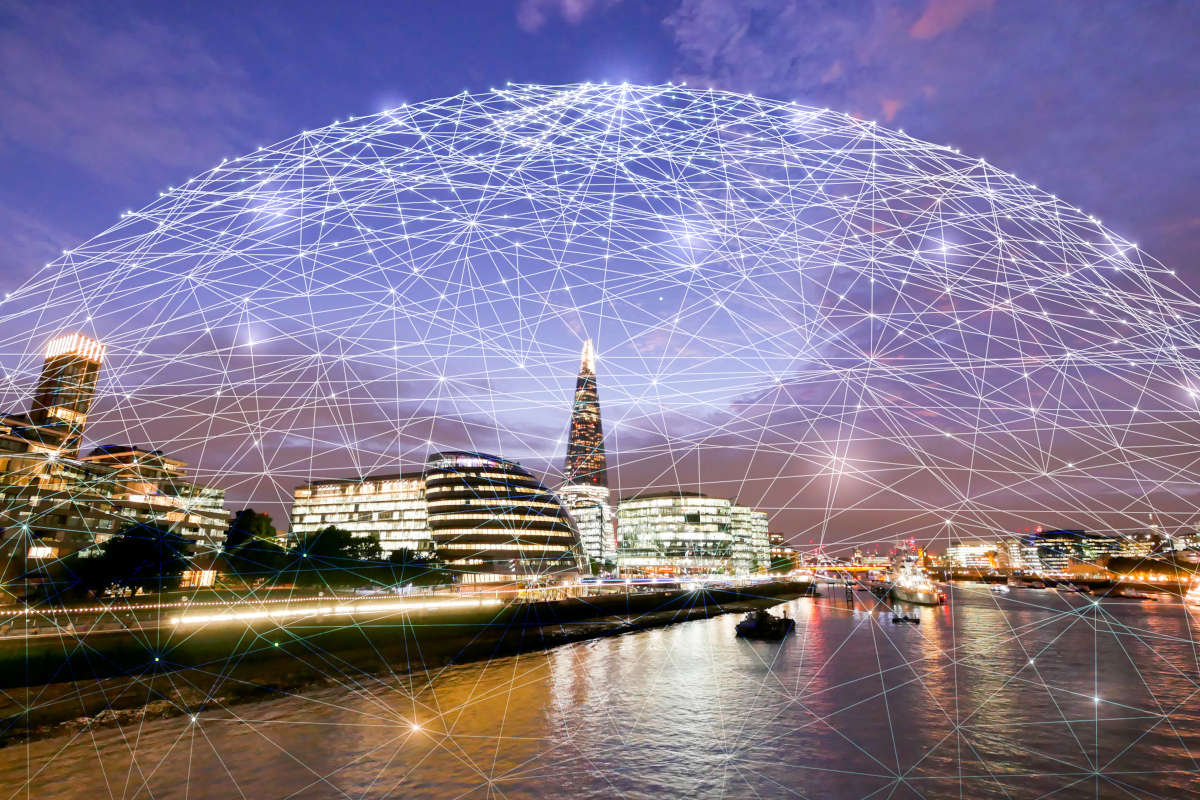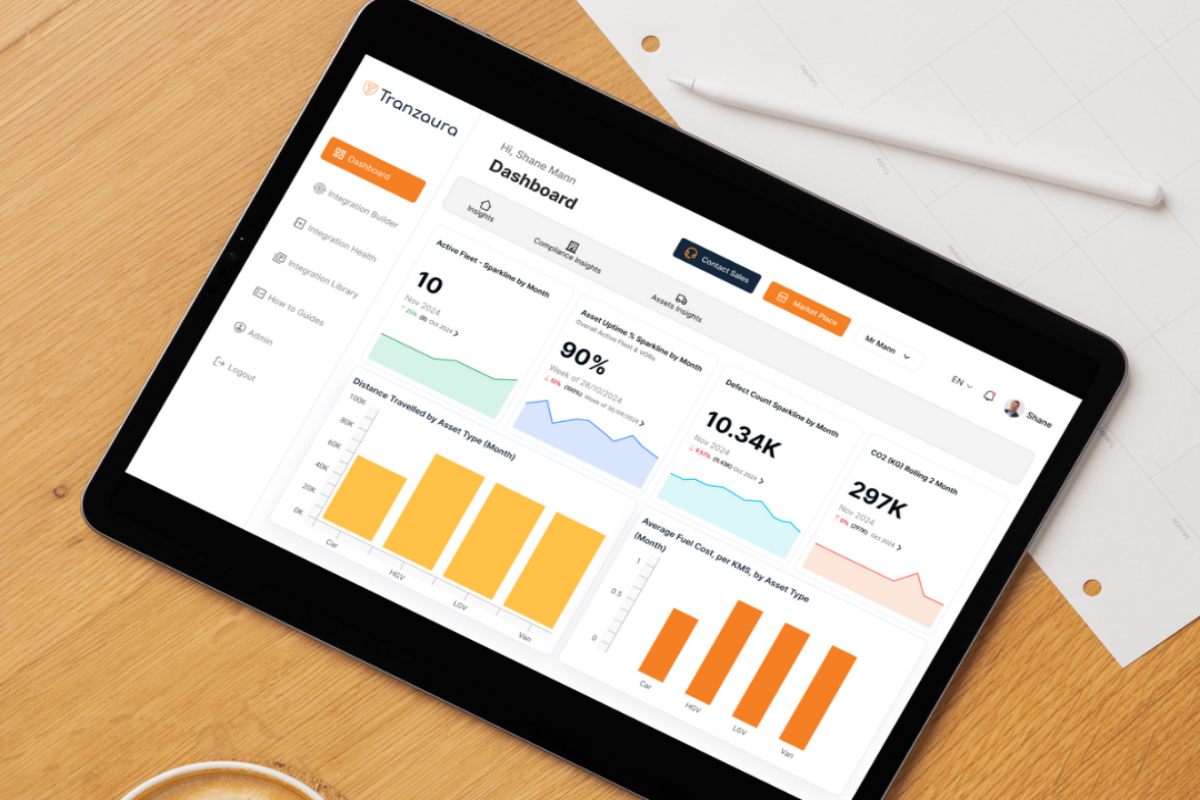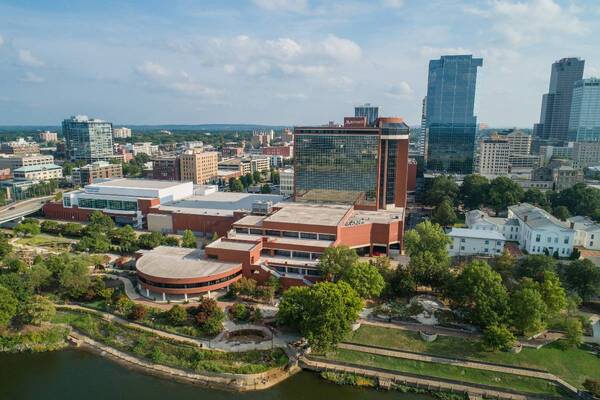Special Reports
SusHi Tech Tokyo 2024: experience ‘Tokyo 2050’ todaySponsored by The SusHi Tech Tokyo 2024 Showcase Program Executive Committee
Interview: Theo Blackwell MBE, Chief Digital Officer for London
London’s chief digital officer, Theo Blackwell MBE, tells SmartCitiesWorld how the city’s Emerging Technology Charter is empowering businesses, local politicians, and communities to ask the right questions about next-gen technology.
Why is this the right time to launch the Emerging Technology Charter for London? Is the launch at this time an acknowledgment that we’ve reached a tipping point in the adoption of these technologies?
Theo Blackwell: I think the answer to that is bound up in the origins of why we put together the charter. Increasingly, London’s public services are deploying or looking at deploying smart technology that uses more and more real-time data. We commissioned a report by the UK’s Digital Catapult, produced in June 2020, which described London’s advanced tech stack.
The report essentially concluded that the city was at a tipping point where 5G is going to take off, and in turn, enable artificial intelligence, a broader internet of things, larger networks, and that these technologies lay the foundation for a whole range of applications and services, from robotics, smart logistics and biometrics, through to drones and autonomous mobility services.
The city has a lot of experience of public services implementing smart technology, going back even to 2003 and the introduction of the congestion charge - which, if you think about it, is like the first smart urban platform of the modern era, with cameras linked to a national database and a charging mechanism.
"5G in particular lifts us into a new generation of technologies"
The report really brought home to us, though, that 5G in particular lifts us into a new generation of technologies. Getting ahead of this was really important for the city because, at a certain point with new generations of technology, adoption massively increases and costs go down. The number of use cases can expand very rapidly, so we knew we had to get in front of it.
We’d also had conversations around ethics, learning from the police’s piloting of facial recognition technology, which had an ethics panel attached to it. There was also quite a lot of work on data sharing across local government in the NHS, not just to make their service more efficient, but also to enable possible new applications in the future. Those two discussions, which happened immediately before the pandemic, were both really valuable to us and flagged the issue of ethics.
What has the pandemic taught you so far about the adoption of technology across the city?
Blackwell: The interesting thing about the pandemic is that the kind of technologies that are most successful are pretty simple - QR codes, for example. With emerging technology, we were able to start experimenting with capabilities. An example is our work with the Alan Turing Institute’s business team, which used a number of datasets we wouldn’t normally use to try and get a sense of which high streets were busy and which weren’t compared to normal. That involved looking at how to repurpose technology that we’re already using to assess the number of cars on the road and busyness for air quality purposes. For example, we used Transport for London’s 900-strong camera network to provide counts and snapshots of the numbers of vehicles, levels of pedestrian busyness at certain types of times of day, and assess what the impact of various restrictions were. By and large, though, the things that have made the most difference during the pandemic are things like QR codes and creating apps for people. They’ve helped do the important things, like providing information to people.
"Saying that "smart city technology equals data ethics" risks bypassing a lot of the conversation."
What are the core elements of the charter? What part have ethics and openness played in creating it?
Blackwell: We have very advanced debates in our society about data ethics. Our experience in creating the charter showed data ethics are vitally important, but it’s not the complete picture of how people perceive emerging technologies. Saying that "smart city technology equals data ethics" risks bypassing a lot of the conversation.
Our charter emphasises openness and design principles, which are vital when you’re using technologies designed around user needs. It takes all the practices we’ve seen in digital transformation and applies them in one place. Another principle, which is a new addition not in previous versions of the charter’s development, is the physical impact of emerging technologies.
AI isn’t just a virtual thing - it has a physical impact, whether it’s in the hardware that it’s associated with, like the rare earths that go into devices, or the energy footprint the hardware has. There’s recognition that in the first few waves of new technologies there’s quite a lot of obsolescence before they become mainstream. People want to know how the city can hedge against that.
The second part of that physical footprint is a point raised by local councillors, which is how technology looks and feels in an area. For example, if a 5G small cell or a sensor is installed, does it look like it belongs or is it out of place, does it spoil the area? This is part of the job of the local representatives. Everything else in the roll out of the technology might completely align, but raising awareness of this in the charter helps to alert people to the fact that these concerns are legitimate. The charter really advances beyond data ethics to incorporate aspects that people really care about at the local level.
The other difference from past versions of the charter is around biometrics. This version incorporates the opinion of the Information Commissioner’s Office on the use of automated live biometric data systems, like facial recognition technology by non-law enforcement bodies - i.e., by private bodies. That basically sets a really high bar for companies looking to make advances in things like eyeball tracking for digital advertising.
"The enforcement mechanism we’re relying on is reputation and the ability to win trust with people."
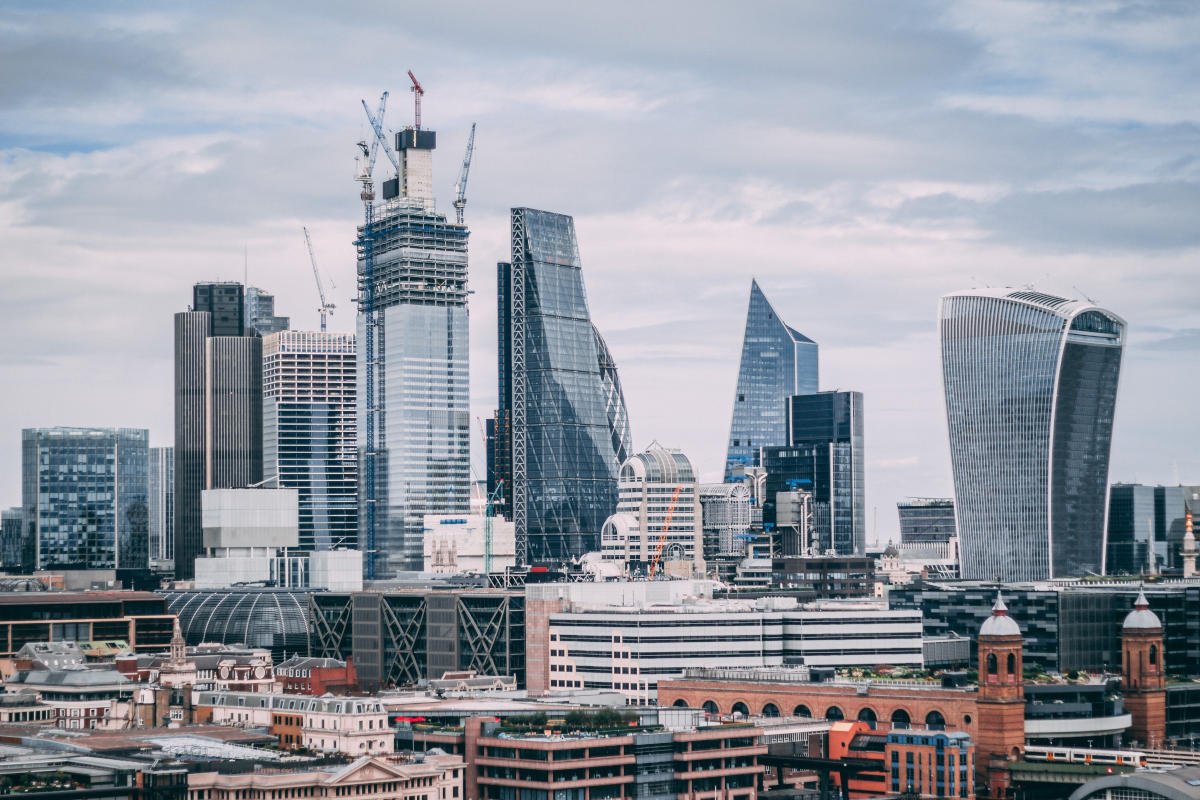
Do you anticipate there being any sticking points around any specific parts of the charter, or is that negated by the collaborative approach taken in creating it?
Blackwell: The sticking point here is enforcement because adherence to the charter is voluntary. The enforcement mechanism we’re relying on is reputation and the ability to win trust with people. When companies look at their risk environment, which they do as part of due diligence, they also consider reputational risk. What the charter does is arm local politicians and municipal politicians with a set of questions that puts the focus back on those companies; how open is this technology? Why isn’t it written in plain English? How does it communicate with communities? Why isn’t the DPA published? These are all questions that local locally elected people can now ask. Of course, they’ve always been able to ask these questions, but it might not have been obvious what to ask. By consolidating them all in one place, the charter empowers locally elected people to ask the right questions, enhancing the reputation driver.
On the other side of this was parts of the business community looking for more strategy on how to make London a more innovative place, looking for understanding on what the city could potentially do for them in return for them solving challenges. The charter is not about working out trade-offs. The charter consolidates all our experience and government guidance in one place so businesses can have a clear conversation with community leaders and not be surprised if certain questions come up. It lets businesses do their own due diligence, and that provides a basis for good innovation in our view.
London is one of the first major cities to develop an Emerging Technology Charter - are you planning on working with other cities on this and sharing lessons?
Blackwell: Absolutely. We work with a coalition of cities across Europe and North America were part of the development of this charter. We’re working with every one of those cities on this because, ultimately, we’re all experiencing the same things.







